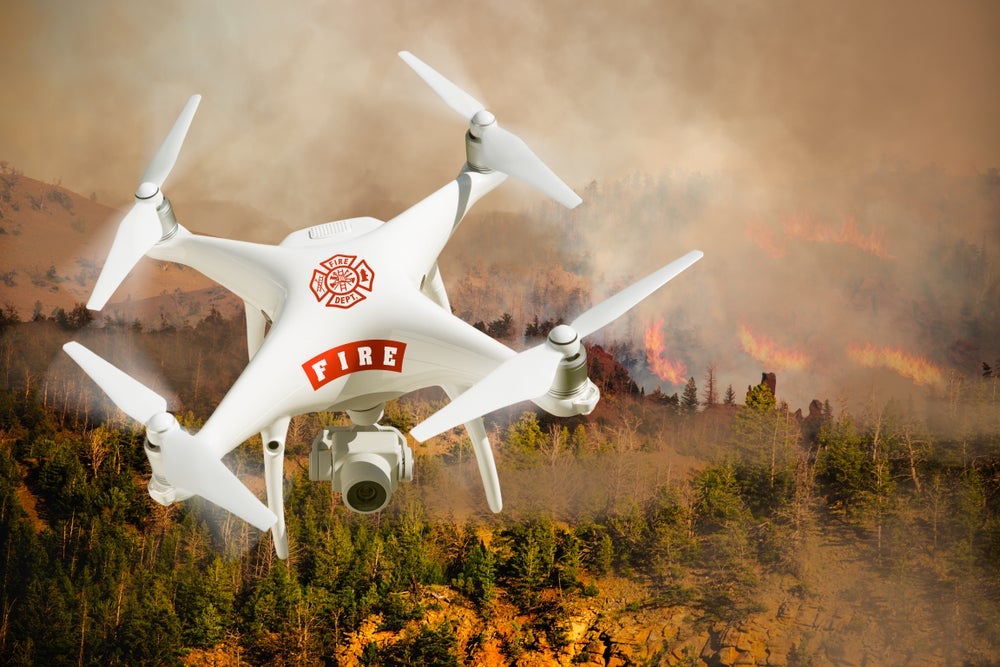As critical as first responders operations are, the public safety sector is not known to be quick to implement new technologies.
However, results from the fifth annual Verizon Frontline Public Safety Communications Survey suggest this may be changing.
The results of the survey of 1,028 first responders – EMS, Fire, Police, Emergency Management, and Public Safety, and emergency communications workers – found that while advanced technologies like AI and drones are broadly used today, they expect wider implementation over the next five years.
Growth in first responders’ tech use
While today, only 35% have implemented AI-driven applications in their agencies, 20% are investigating the technology for future use. Though just 12% of public safety workers currently use AI every day , 46% anticipate it will become part of their daily work within five years, while 71% described AI as either important or a top priority for their organisations, with 22% calling it the latter.
Today 84% rely on smartphones during emergency response operations while 30% use drones to provide visual support during emergency response manoeuvres. Though currently, drones are only part of daily operations for 15% of the organisations surveyed, that figure is expected to soar in the next five years to 48%. Wearables including body cameras, which are part of daily operations in 28% of organisations now, will jump to 50% by 2030. Other advanced technology will play more prominent roles in first responders’ daily work in the coming years, including augmented and virtual reality applications which currently are only part of daily operations in 8% of agencies but will be adopted by a third of first responder organisations in the next five years.
Reliability and security
All of this underscores the importance of the stability and service quality of the underlying communications network. Some 75% said a reliable and resilient communications network is the most important element to day-to-day professional communications, while 73% cited it as most essential during emergency operations.

US Tariffs are shifting - will you react or anticipate?
Don’t let policy changes catch you off guard. Stay proactive with real-time data and expert analysis.
By GlobalDataCybersecurity is an important component of network continuity and productivity. More than two-thirds – 67% – of first responder organisations have deployed new cybersecurity protections in the last 12 months.
However, 78% of respondents cite better communications in the field as the biggest payoff of access to a reliable network, nearly double any other benefit including better situational awareness (46%) and improved response time (45%).






